

The fashion industry stands as one of the leading polluters while generating substantial waste despite being fundamental to our everyday existence. Mass production under fast fashion results in excessive resource consumption which causes environmental degradation. Fashion sustainability exists through multiple methods which maintain style quality. Our deliberate fashion choices help reduce our environmental impact while supporting an ethical fashion industry.
Fashion sustainability requires us to think about both the environmental and social effects that our clothing decisions create.Sustainability demands that we select long-lasting products instead of multiple low-cost items while supporting brands that practice ethical business and implementing circular economic systems. Any person who cares about fashion and environmental protection can start sustainable fashion practices which reduce waste and improve planetary health.
The following blog presents fifteen actionable steps to achieve sustainability in fashion. These steps which include selecting eco-friendly materials and adopting slow fashion principles will help you create a responsible wardrobe. The following guide shows you how to combine fashion style with ethical and eco-friendly choices.
15 Tips for Sustainable Fashion Choices
1. Opt for Secondhand
Buying second-hand fashion products stands as an efficient method to promote sustainable fashion practices. The availability of pre-owned items across thrift stores and vintage boutiques and online resale platforms reduces the market demand for new production. The practice saves water resources, energy consumption, and raw materials and reduces the amount of textile waste produced. Secondhand items frequently maintain their high quality and durability which makes them valuable purchases. The circular economy benefits from secondhand shopping because it keeps garments in circulation instead of sending them to disposal.
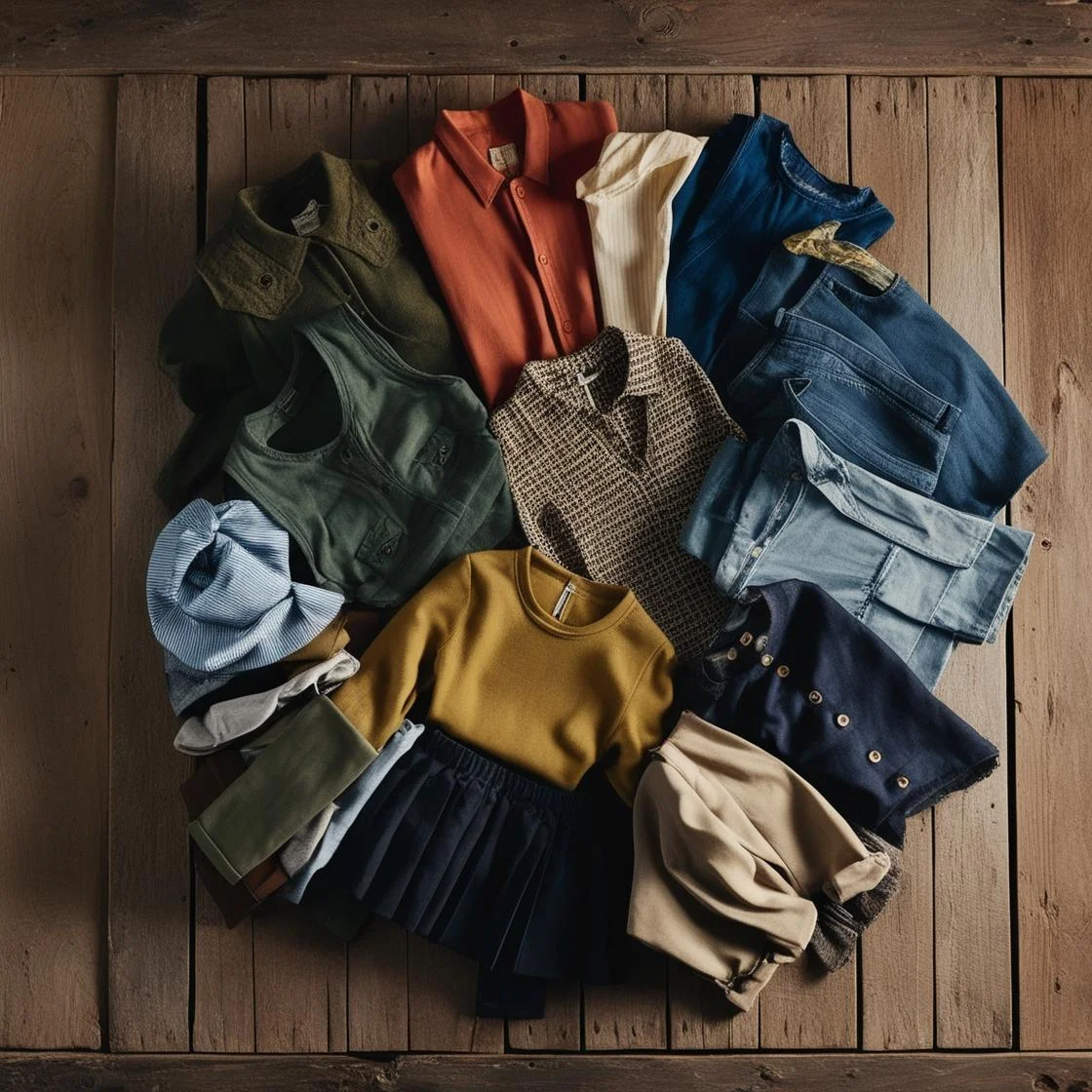
The fashion industry generates substantial pollution yet buying pre-loved clothing decreases the market demand for new textiles that need extensive resources to manufacture. When you select thrifted fashion items you reduce your environmental footprint while helping to build a society that reuses products. Your participation in resale markets actively minimizes waste while simultaneously decreasing the need for fast fashion industry practices.
2. Repair and Revamp
Minor damage on clothing items should not lead to disposal because you can either repair them or revamp them. Basic sewing techniques such as hole patching, button fixing, and pant hemming extend the useful life of your clothing. People who do not know how to sew can take their damaged clothing to local tailors or repair services for restoration.Upcycling enables people to make fashionable new products from old garments through innovative redesigns. Upcycled fashionable clothing results from old garments through embellishment work and fabric dyeing and design alterations.
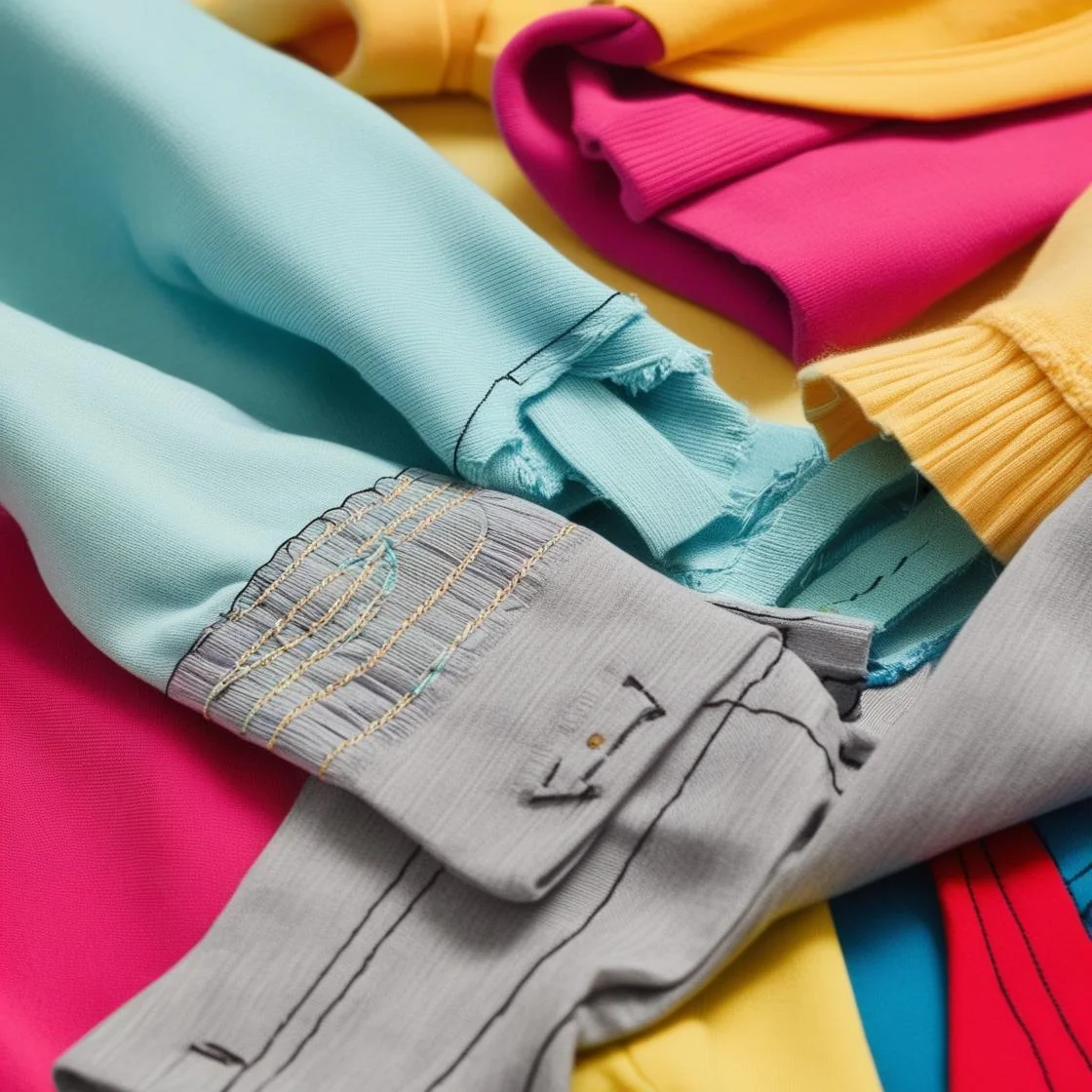
The practice of repairing clothes reduces waste and minimizes new production requirements to lower environmental impact. Basic sewing education and artisan collaboration create sustainable fashion into an enjoyable learning experience that rewards your efforts. The practice of repairing and revamping clothes enables people to practice mindful consumption by creating fresh wardrobe options through creative sustainable methods instead of excessive shopping.
3. Rent Instead of Buying
Fashion-conscious people can choose sustainable clothing rental services as their alternative to traditional purchases. The rental option enables people to experience fashionable outfits for special events without creating unnecessary waste through excessive purchasing. Rental platforms enable people to access luxury fashion items at affordable prices through their designer apparel offerings. The practice of renting clothes helps decrease both textile waste and the environmental consequences of excessive manufacturing.
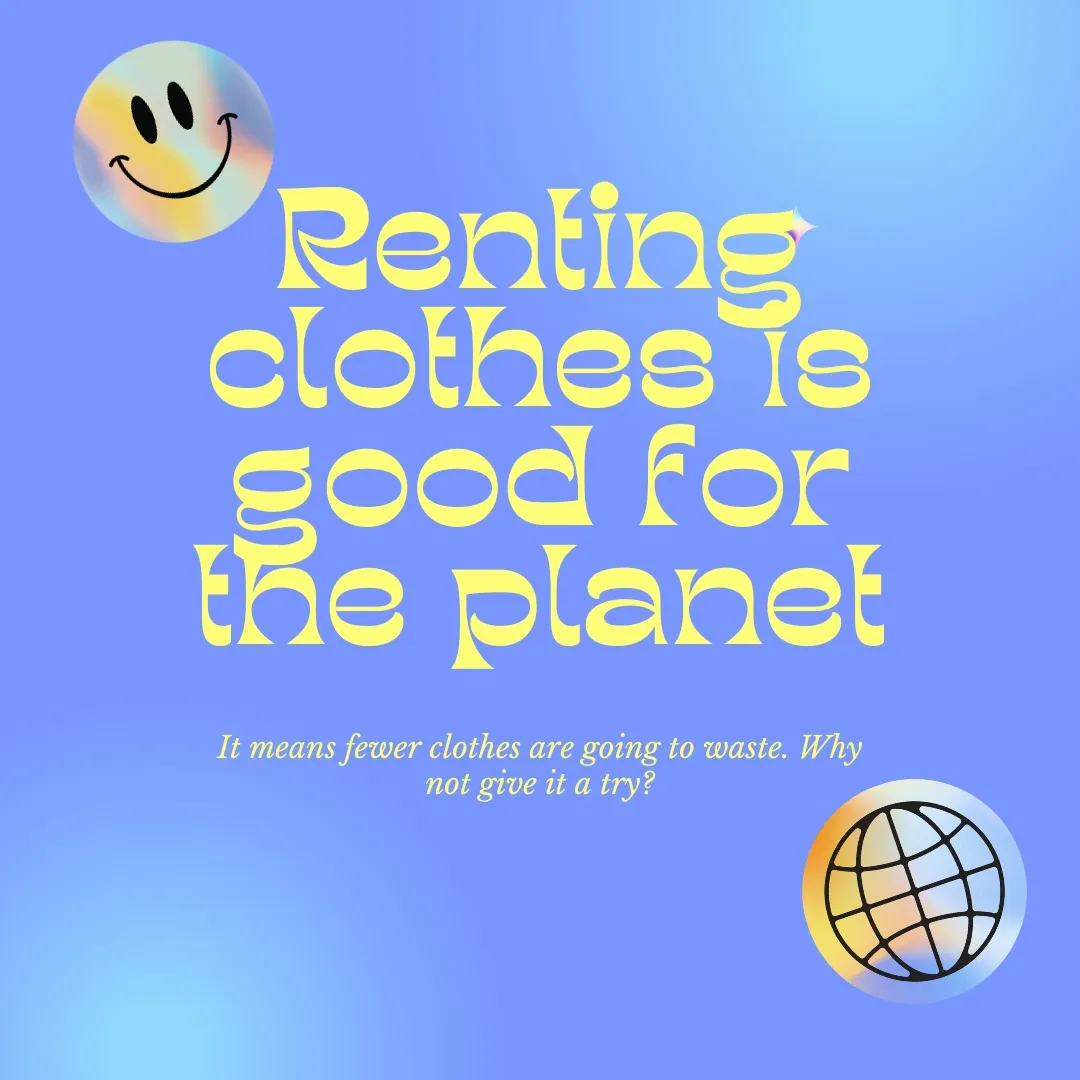
The sharing economy enabled by rental services reduces resource depletion that results from large-scale manufacturing operations. Rental services provide professional cleaning and maintenance services which help extend the time clothes stay in circulation.Fashion rentals enable people to test different styles before buying so they make wiser buying decisions. Rental consumers gain access to multiple fashion styles through their choices and simultaneously protect the environment by supporting sustainable fashion practices.
4. Organize a Clothing Swap
The entertaining nature of clothing swaps enables you to refresh your wardrobe without spending money on new clothes or harming the environment. Family members together with friends can organize clothing swaps that stop unwanted clothing from reaching waste disposal sites.The exchange system enables people to trade out unwanted clothing items which helps both sustainability and cuts down on new production requirements. Swaps help people become more aware of responsible fashion choices which leads them to adopt environmentally friendly fashion habits. These events establish a community atmosphere that enables people to meet each other and exchange fashion advice while experiencing fashion together.
.webp)
People who join swap events decrease their dependence on fast fashion products while building sustainable wardrobe options. Frequent swap events help people develop sustainable shopping behaviors that allow them to enjoy fashion without creating excessive waste or environmental damage from the industry.
5. Prioritize Sustainable Fabrics
The selection of sustainable fabrics in clothing represents an essential step toward minimizing fashion's environmental impact. The production of organic cotton hemp linen and Tencel requires fewer resources than conventional textiles because these materials are biodegradable. The use of recycled materials including polyester derived from plastic bottles both prevents waste from ending up in landfills and decreases the need for fresh resources. Mechanically processed bamboo and wool obtained from responsible farms make sustainable choices for fabric selection. Before making a purchase, examine fabric components and look for GOTS (Global Organic Textile Standard) or OEKO-TEX certification labels to verify environmental and ethical compliance.
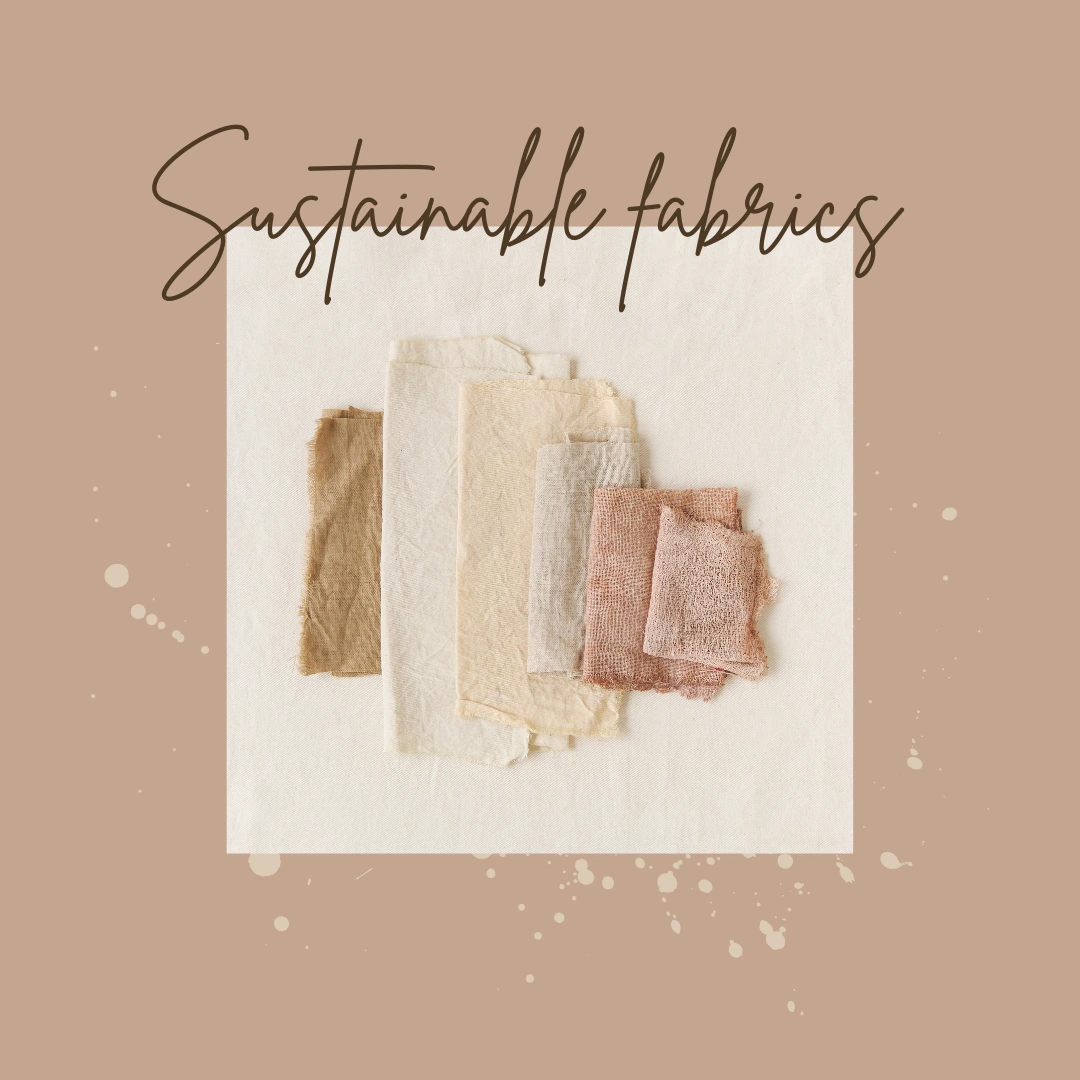
Sustainable fabrics reduce pollution while maintaining garments free of health-harming chemicals. These materials demonstrate extended durability which results in fewer replacement needs. The selection of sustainable fabrics enables consumers to decrease both the carbon and water footprint of their clothing collection. When consumers choose brands that focus on sustainable materials they demonstrate to the fashion industry that ethical and environmentally-friendly production methods are in high demand.
6. Shop Local
Local designer and business support helps minimize the environmental impact of worldwide supply chain operations.Local clothing production meets ethical standards for manufacturing and pays workers fairly while reducing transportation emissions. Small-scale designers choose sustainable materials for their products and produce runs that remain within reasonable quantities. Thus, it minimizes waste generation. Shopping locally stimulates regional economic development while protecting cultural handmade products. Your purchase of local artisan-made products supports both superior quality items and environmental sustainability alongside community development.
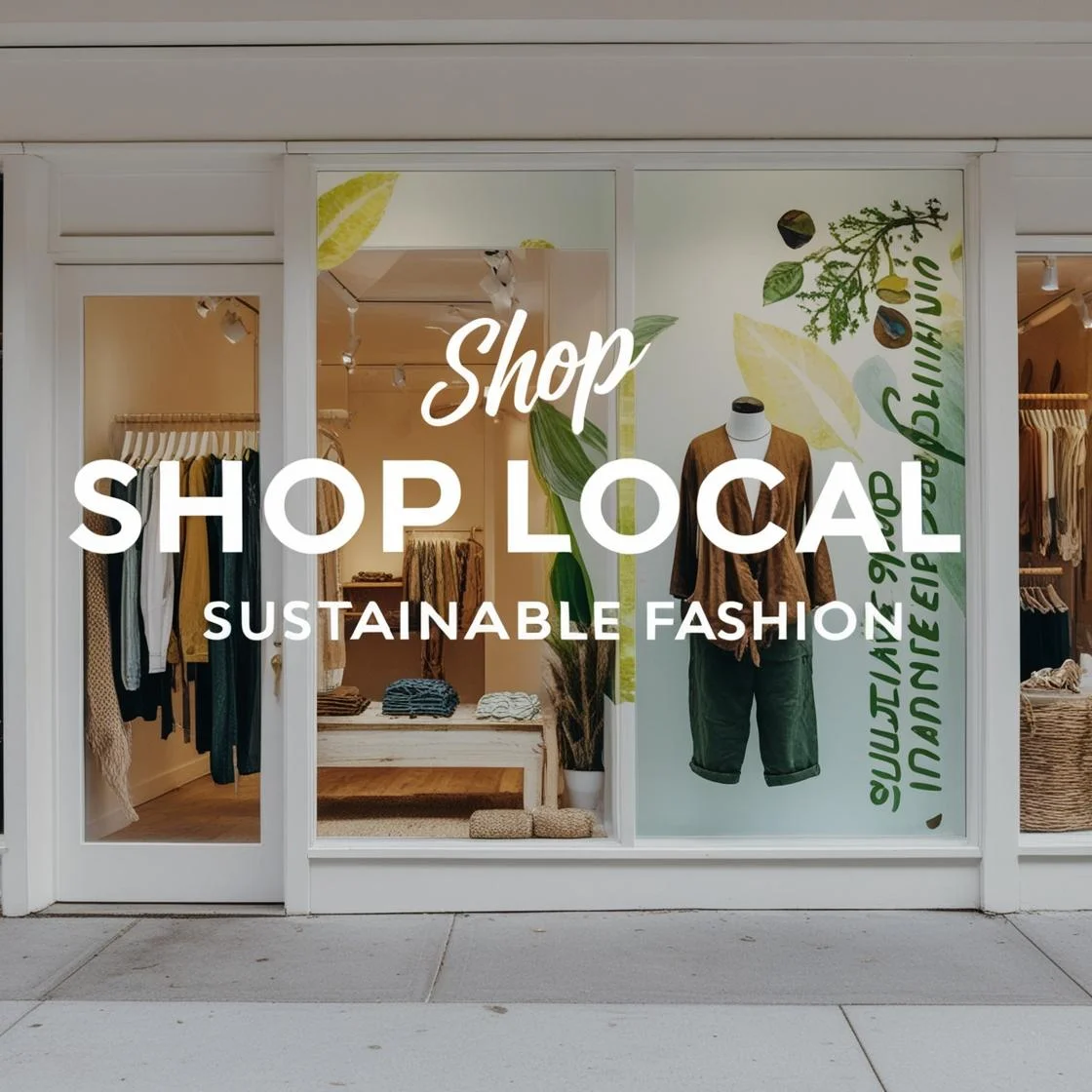
Local fashion brands maintain visible supply chain operations that guarantee fair treatment of workers and responsible material sourcing. Local brand purchases help maintain traditional production methods which risk disappearing due to the rapid pace of mass manufacturing. Local fashion support from consumers drives sustainability in the industry. This leads to ethical production practices and promotes conscious consumer behavior.
7. Support Ethical Brands
The selection of ethical brands represents the initial move toward sustainable fashion. Ethical brands ensure fair wages for their workers and maintain safe production environments while using sustainable manufacturing practices. Your purchase from ethical brands supports the development of a fashion industry that places people and environmental protection above financial gain. The use of organic cotton hemp and recycled fabrics in their products helps ethical brands minimize their environmental footprint. Ethical brands maintain full transparency about their supply chain operations to prove their products satisfy ethical requirements.
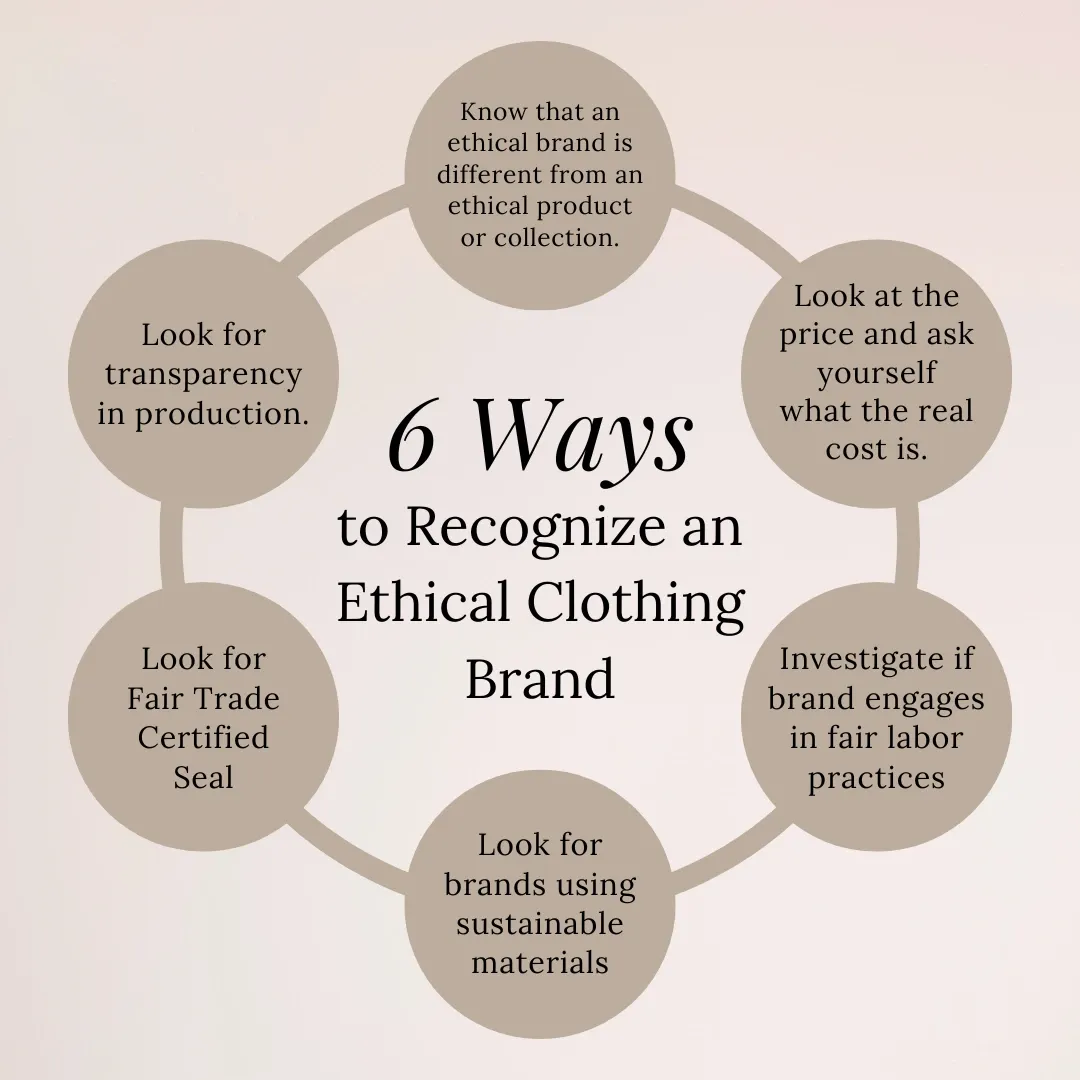
Your support of ethical brands drives market demand toward sustainable and fair-trade practices which motivates additional businesses to embrace these responsible practices. Ethical fashion products typically cost more but provide superior longevity which minimizes the need to replace them frequently. The market provides both previously owned items and brands that operate recycling and take-back programs for their products.
8. Embrace Slow Fashion
The slow fashion movement promotes buying durable clothing instead of quick-to-discard fast fashion products that damage the environment. Slow fashion products deliver superior value than fast fashion items because they maintain their quality through sustainable production methods. The product life extension through this method decreases the amount of textile waste generated. Quality clothing investments from consumers result in durable wardrobes that survive multiple years instead of fading after a few months.
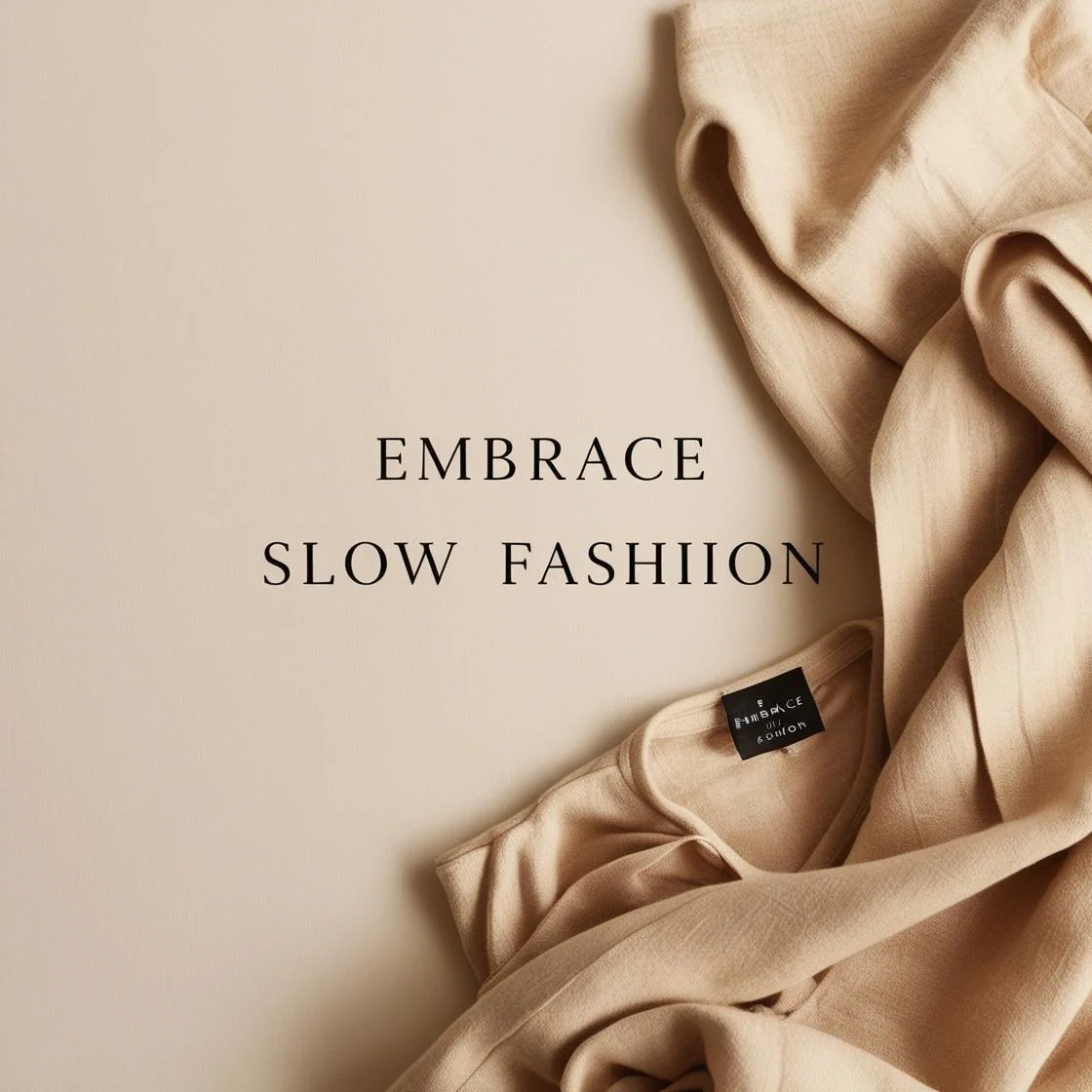
Slow fashion brands maintain ethical labor standards which provide fair wages and safe workplace environments to their employees. When consumers select slow fashion items they help businesses that focus on sustainable production methods and responsible business practices. The adoption of slow fashion creates an ethical sustainable industry which produces durable products while minimizing waste through thoughtful purchasing.
9. Follow the 5 Rs
The 5 Rs of Reduce, Reuse, Recycle, Repair and Refuse provide guidelines to make sustainable fashion decisions. The practice of mindful shopping helps decrease waste production and minimizes the need for large-scale manufacturing. The lifespan of clothes extends when you purchase them secondhand and restore them. The donation or resale of fabrics combined with a brand selection that uses recycled materials helps prevent waste from ending up in landfills. The practice of fixing clothes instead of throwing them away reduces both manufacturing pollution and environmental damage caused by waste disposal.
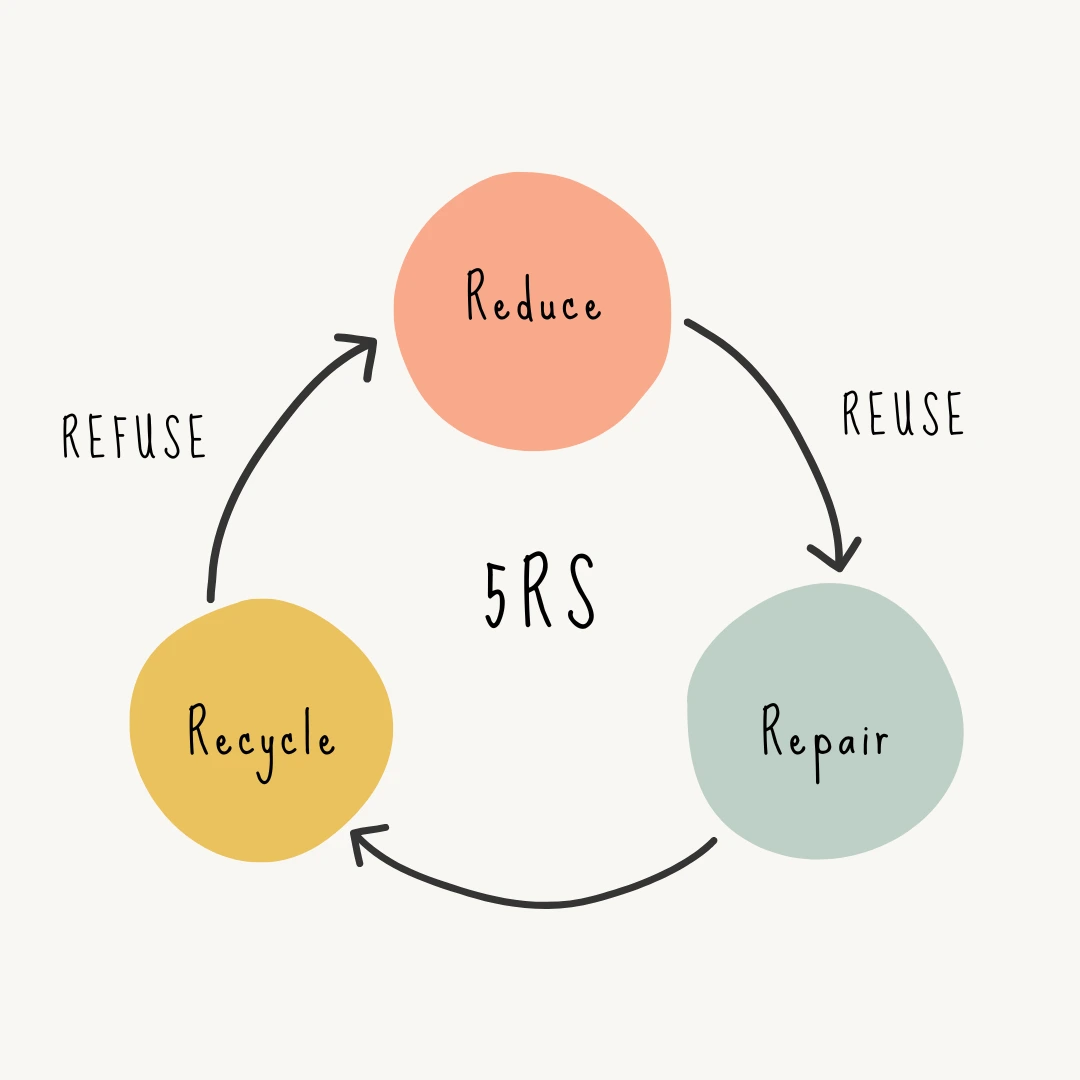
Consumers who avoid backing brands that practice unsustainable methods and encourage excessive consumption can make responsible fashion choices. Daily shopping that implements the 5 Rs enables individuals to protect the environment by preserving resources and backing sustainable fashion methods. A circular economy emerges through this method which extends the time clothing stays out of landfills.
10. Stay Informed
A person's ability to select sustainable fashion depends heavily on their level of education. Knowledge about environmental and ethical fashion impacts enables shoppers to select products that support sustainable practices. Consumers who learn about fashion supply chains and ethical practices and certifications will be able to support responsible companies.
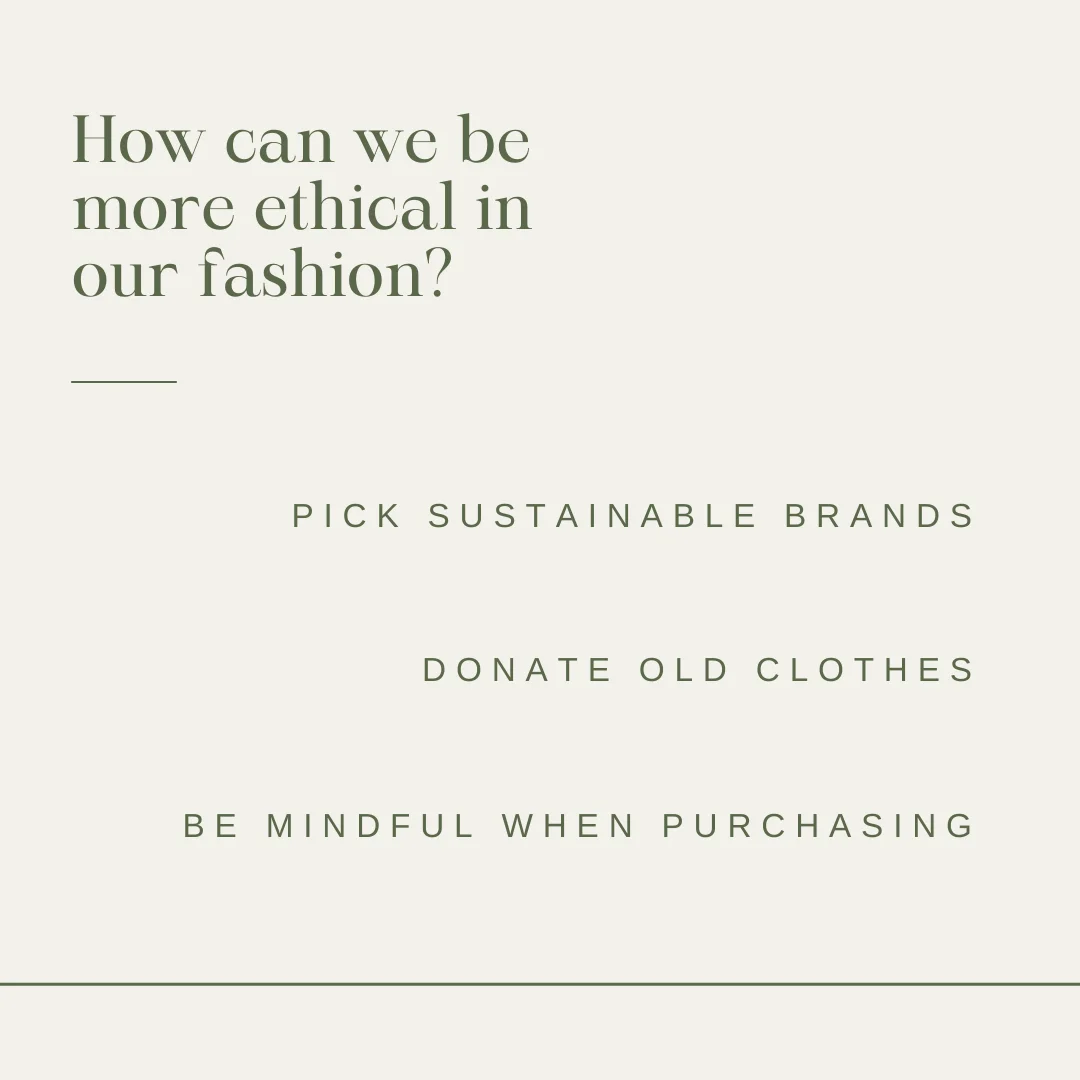
Consumer knowledge about textile labor exploitation and fabric-related water consumption and pollution enables them to advocate for industry improvements. The spread of sustainable fashion knowledge happens through following sustainability advocates joining discussions and participating in awareness campaigns. Through ongoing education and information sharing consumers can motivate the fashion industry to adopt sustainable and ethical practices which will create a greener fashion industry.
11. Wash Clothes Responsibly
Clothing lifespan and environmental health depend on the method of washing. The combination of cold water washing requires less energy consumption and helps fabrics maintain their quality. Air-drying your clothes instead of dryer usage both saves energy. It also makes your garments last longer thus decreasing waste. Washing less frequently extends fabrics’ quality while simultaneously reducing both water and energy consumption.
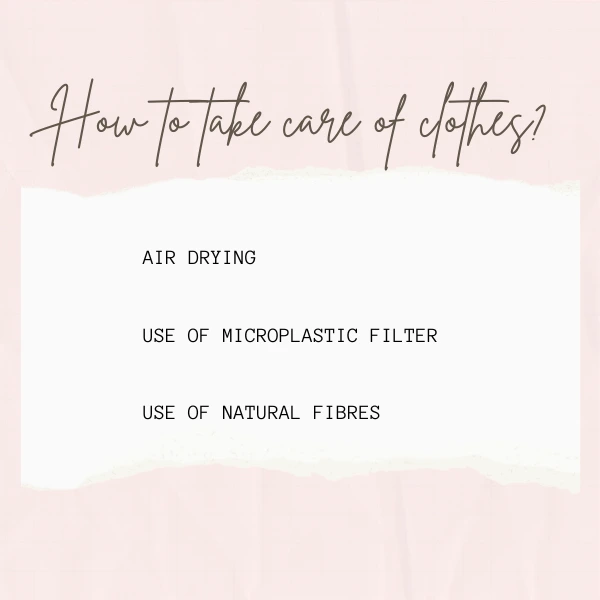
Synthetic fabrics produce microplastics during washing that can damage water bodies. So use of natural fibers and microplastic filters can minimize this environmental damage. Households that practice responsible laundry techniques certainly reduce their environmental footprint. Modifying laundry routines produces substantial environmental advantages while improving the worth of purchased clothing items.
12. Avoid Synthetic Fabrics
Using natural fabrics instead of synthetic materials is the ideal approach to minimize pollution generated by the fashion industry. The washing process of petroleum-based fabrics including polyester nylon and acrylic results in microplastics that harm marine life in waterways. Natural fibers like organic cotton, hemp linen, and wool decompose naturally into the environment. Natural fabrics offer better ventilation and comfort features and reduce the skin irritations that chemical treatments generate.
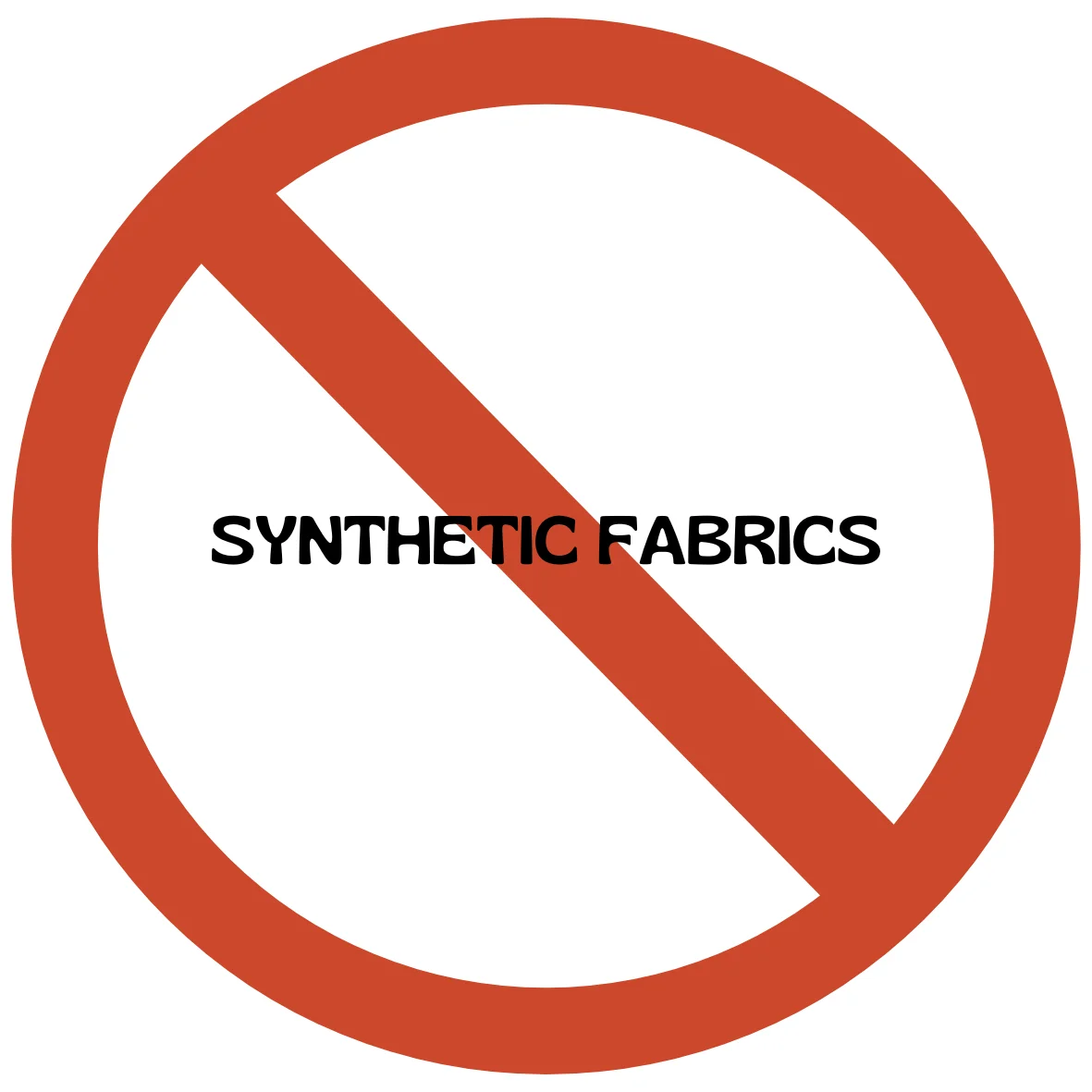
Buying textiles that have GOTS or OEKO TEX certification can help the consumers to support ethical and eco-friendly production methods.Consumer backing of brands that utilize biodegradable materials supports waste reduction in landfills and reduces environmental damage. Products made from natural fabrics with high quality standards last longer, thereby reducing the need for frequent replacements.
13. Limit Impulse Buys
Sustainable practices depend on mindful shopping because they reduce both unnecessary waste and overconsumption. Impulsive buying habits create disordered clothing storage and force manufacturers to produce unnecessary products. Shoppers need to assess their needs before creating shopping lists and budget limits and should delay their purchasing decisions. The purchase of durable classic items rather than temporary fashion trends results in a sustainable clothing collection. The "cost-per-wear" evaluation method enables consumers to buy sustainably by considering how long a product will last and its price value. The control of spontaneous purchases becomes possible through ethical brand shopping along with email unsubscribing and fast fashion store avoidance.
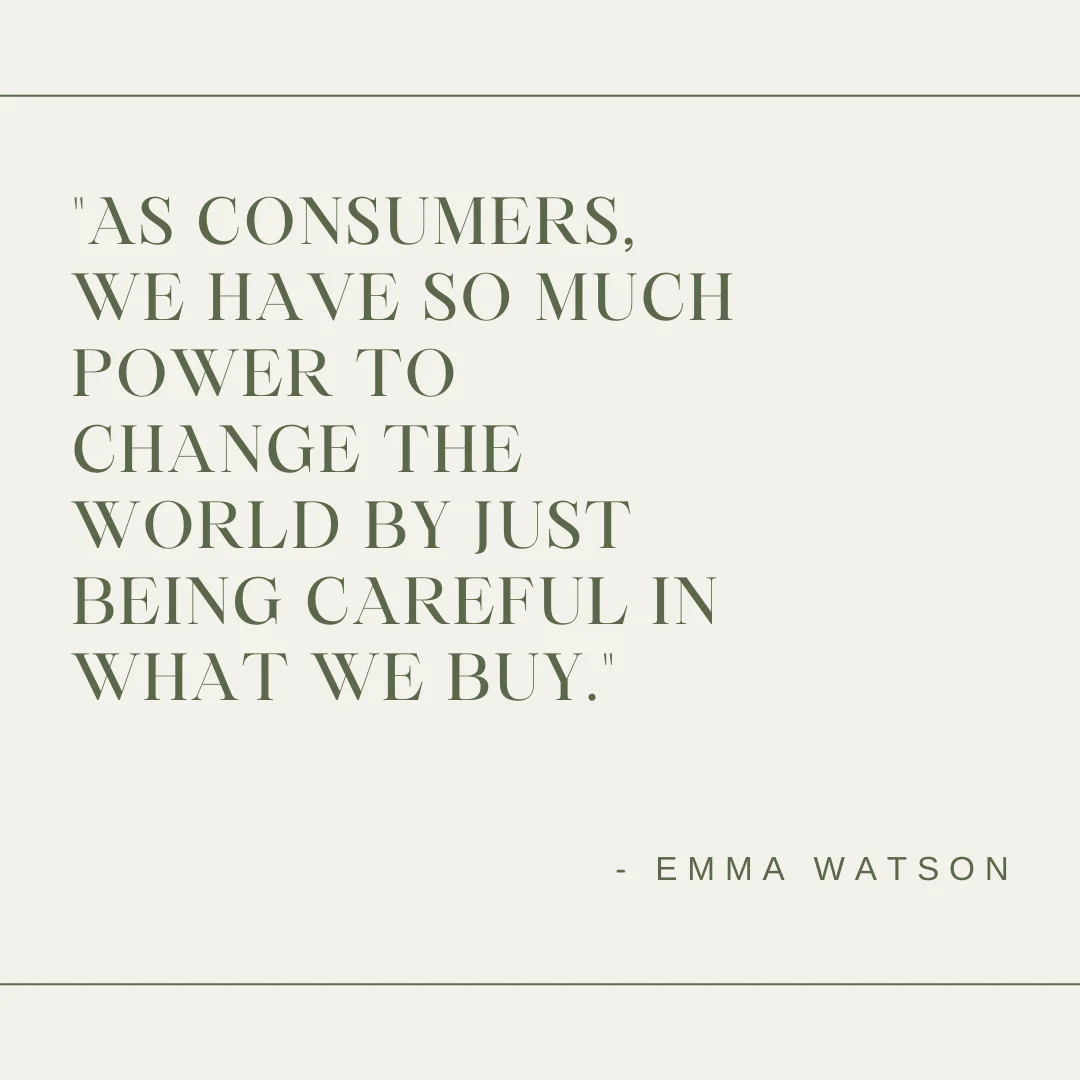
The decision to buy quality items instead of numerous items leads to improved environmental results by minimizing environmental destruction. A well-curated wardrobe of long-lasting versatile items brings environmental advantages and financial savings and enables people to choose their clothing with intention. Through mindful shopping practices, people establish stronger connections to their clothing items and simultaneously protect the environment.
14. Donate or Resell Unwanted Clothes
Donating unwanted clothing or selling it makes these items useful again thus preventing them from ending up in landfills. The donation of clothing to charities and shelters helps needy people while extending the availability of textiles for additional users. Sellers who use Depop and Poshmark resale platforms and consignment shops can both recover their investment costs and make pre-owned items available for additional use. The expanding resale market has become a popular shopping alternative that competes directly with fast fashion stores.
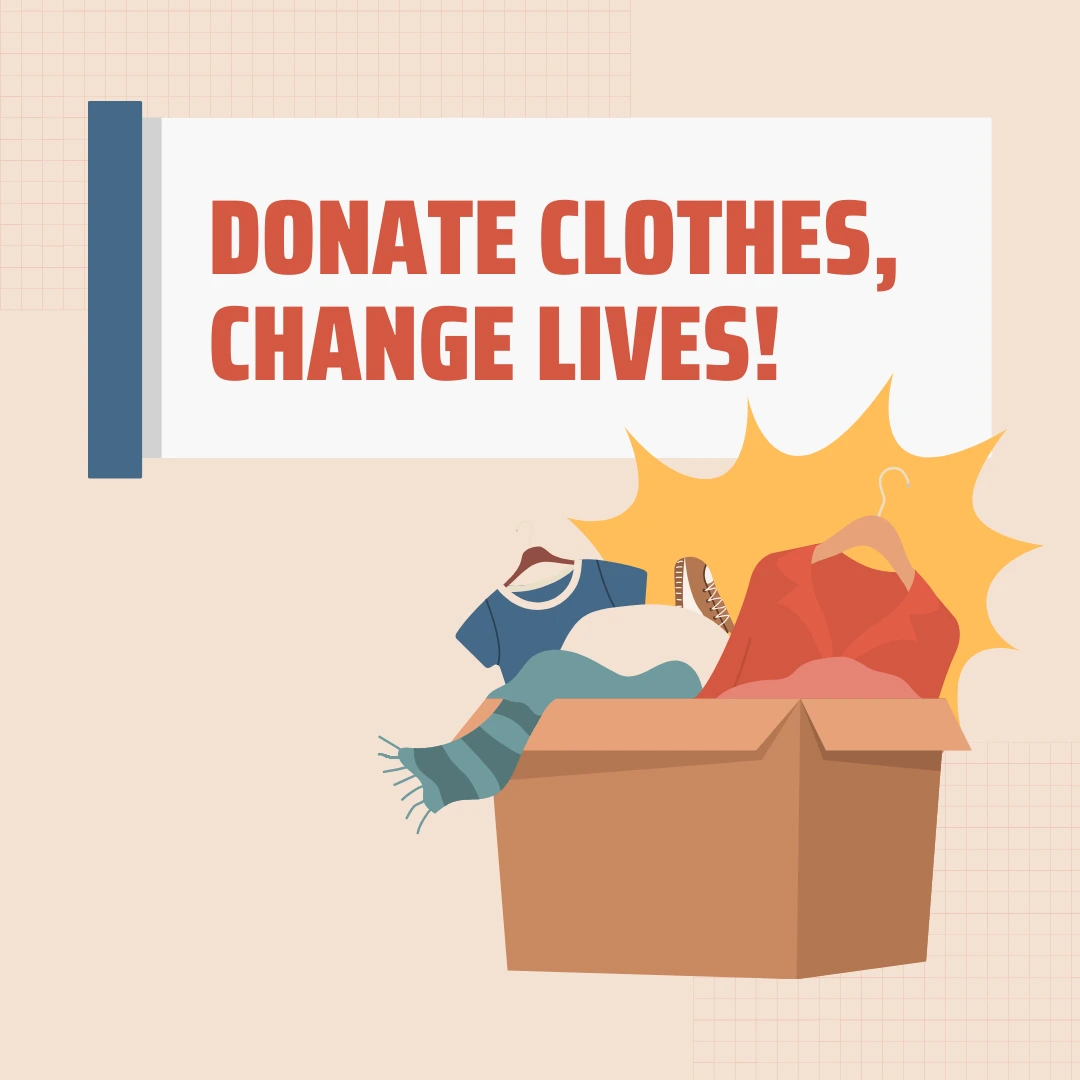
The value of donated items increases when donors give clean garments that remain in good shape. The combination of community drives and clothing swaps enables members of the community to learn sustainable fashion practices. Regular clothing donations create a circular fashion system that minimizes new production needs while protecting natural resources.
15. DIY & Upcycle
People can produce unique sustainable fashion products from recycled clothing through the integration of DIY and upcycling fashion methods. Embroidered or dyed garments and reshaped clothing items help prolong the useful life of worn-out garments. The process of transforming old t-shirts into tote bags and jeans into shorts and the addition of patches to jackets results in artistic creations while reducing the amount of discarded materials. Sewing skills for DIY fashion allow individuals to design personal styles that express their individuality.
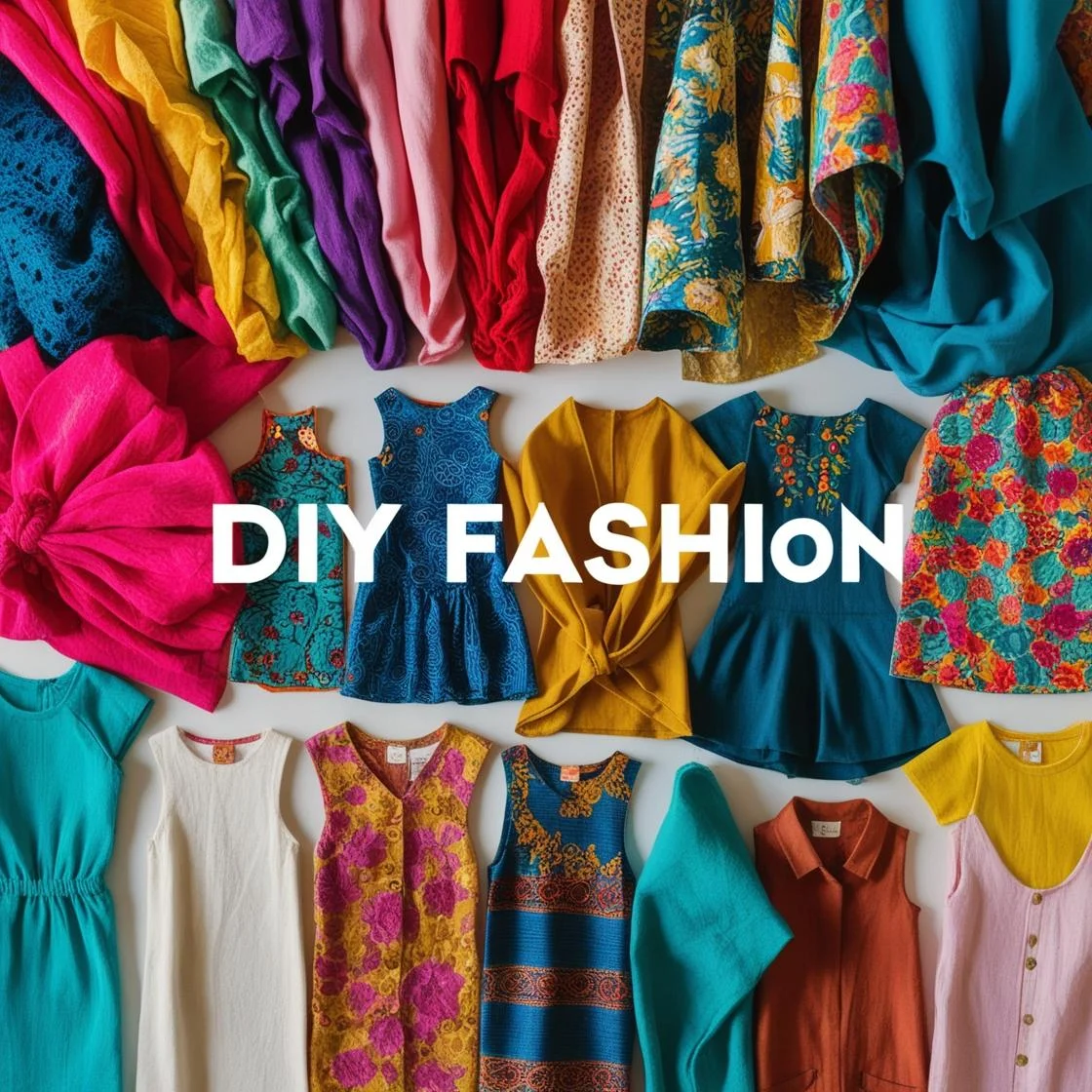
Sustainable brands make new collection designs through the upcycling process which converts deadstock fabrics and unused materials into fresh collection designs. DIY projects enable sustainable community development because they bring people together to perform environmentally conscious activities. Upcycling enables waste reduction in textiles by using resourceful methods that promote responsible consumption. People who integrate DIY fashion activities into their daily routines achieve environmental benefits through their creation of new sustainable fashion ideas.
Conclusion
The practice of sustainable fashion involves deliberate decisions that minimize waste, protect resources, and uphold ethical manufacturing standards. Your carbon footprint reduces substantially when you buy used items, select sustainable materials, and follow the slow fashion approach to maintain your personal style.
Consumer choices determine what direction the fashion industry will take. Our responsible shopping habits alongside clothing repairs and ethical brand support will create a positive transformation in the industry. Every sustainable action we take leads to an improved planet while building a fashion industry that operates with social awareness. Our decisions should reflect our values to build a sustainable future.
What is sustainable fashion?
The production of clothing and accessories under sustainable fashion principles includes environmental, social, and economic considerations. The production of sustainable fashion requires eco-friendly materials alongside ethical labor practices and planet-friendly manufacturing methods.
Which steps can I take to make my clothing collection more sustainable?
The following steps will help you make your wardrobe more sustainable:
- You should buy durable items that will last for a longer period.
- The purchase of pre-owned or vintage clothing helps lower the need for new manufacturing.
- I choose to support brands that demonstrate ethical practices alongside transparent business operations.
- Sustainable or organic materials represent my choice for clothing purchases.
- The practice of fixing and transforming old items helps them survive longer.
What are sustainable fabrics?
The production of sustainable fabrics requires minimal negative effects on the environment. Examples include:
- Organic Cotton: Grown without synthetic pesticides or fertilizers.
- The fast-growing hemp plant needs minimal water and does not require pesticide applications.
- Linen: Made from flax plants, durable and biodegradable.
- The production of Tencel (Lyocell) uses sustainably harvested wood pulp through a system that recycles its process materials.
- The textile industry uses recycled materials to create fabrics by transforming plastic bottles into recycled polyester.
What negative effects does the fast fashion industry create on the environment?
Fast fashion causes major environmental damage because of the following factors:
- The textile dyeing industry creates both high water usage and polluting effects on the environment.
- Excessive waste generation due to short garment lifespans and overproduction.
- Greenhouse gas emissions from large-scale manufacturing and transportation.
- The use of non-biodegradable synthetic fibers produces microplastic pollution in the environment.
Which factors should guide my decision to support ethical brands?
Follow these steps when selecting ethical brands for support:
- The brand demonstrates transparency by revealing complete information regarding its supply chain operations and production methods.
- Workers receive fair wages and maintain safe working environments.
- The brand should demonstrate sustainable sourcing and manufacturing practices for environmental impact assessment.
- Seek brands that hold recognized certifications including Fair Trade, GOTS, and B Corp status.
How can I responsibly dispose of unwanted clothing?
To responsibly dispose of clothing you no longer need:
- Donate: Give gently used items to local charities or shelters.
- Resell: Sell through consignment shops or online platforms.
- Recycle: Participate in textile recycling programs that repurpose fibers.
- Upcycle: Transform old garments into new items or crafts.
About the author






.webp)


.webp)
.webp)





